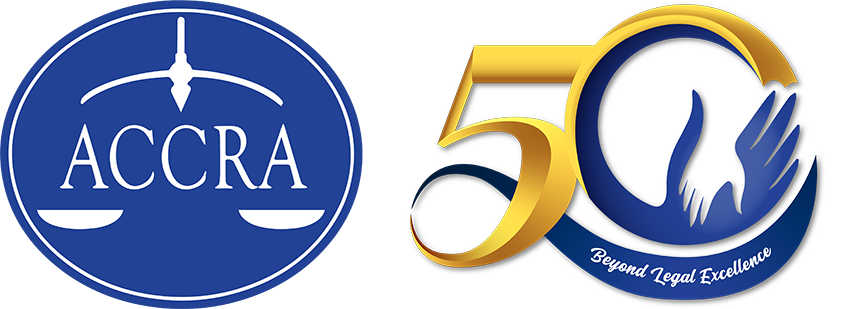Patents involve inventions where the law grants exclusive rights to the registrant, such as the right to commercialize and use the invention. However, before such exclusive rights are granted, the invention must not have been made part of prior art. This means that the invention should not have been made known to the public prior to the filing of the patent application. Otherwise, a prior art rejection will be issued.
Normally, prior arts are seen in scientific papers and patent databases. However, is prior art limited to these sources of information? If your answer is in the affirmative, then it is time to revisit some peculiar prior art sources you may consider looking into when doing a prior art search.
Section 24 of Republic Art No. 8293 otherwise known as the Intellectual Property Code (IP Code) defines prior art as “[e]verything which has been made available to the public anywhere in the world, before the filing date or the priority date of the application claiming the invention”.
The IP Code uses the word “everything”. As in everything – from patents, pending patent applications, comic books, science fiction films, keynote speeches, newspaper images or even the bible. Here are a few interesting examples.The Donald Duck comics case – Mr. Karl Kroyer invented a method to raise a sunken ship by filling it with buoyant bodies fed through a tube. In 1964, Mr. Kroyer successfully lifted a sunken ship in Kuwait’s harbor by filling the ship with 27 million plastic balls. Did Mr. Kroyer obtain a patent for this invention? The answer is a yes and a no. The patent was granted in the UK. However, it was rejected in the Netherlands because the said method had already been described in the 1949 comic strip “The Sunken Yacht” showing Donald Duck, with the help of Huey, Dewey[,] and Louie, using the same principle and method to raise a ship with ping pong balls shoved through a tube. Below are side-by-side images of The Sunken Yacht comic strip from Walt Disney and Figure 1 of Mr. Kroyer’s Patent.
Since ping pong balls are buoyant bodies and they were fed to the yacht through a tube, the Donald Duck episode was deemed as having disclosed the same technique as that which was claimed in Mr. Kroyer’s patent application. Consequently, the Donald Duck story sunk Mr. Kroyer’s patent application as it was considered as novelty-destroying prior art.
2001: A Space Odyssey – Part of the patent war between Apple and Samsung is Samsung’s argument that the film Space Odyssey proves that Apple did not invent the tablet. A screenshot from the said film was submitted as part of Samsung’s defense claiming that “[l]ong before Apple claims to have invented a design for a thin, rectangular flat tablet computer, dominated by a display screen, similar designs were part of popular culture and commercial practice”. In addition, Samsung’s defense states: ‘In a clip from that film lasting about one minute, two astronauts are eating and, at the same time, using personal tablet computers.’
The Bible – While not specifically cited in the search report, Matthew 3:12 formed part of the written opinion – not as a relevant document but merely as a reference to show that winnowing or separating the grain from the chaff has been known since the dawn of time. The said Bible verse reads, “[h]is winnowing fork is in his hand, and he will clear his threshing floor, gathering his wheat into the barn and burning up the chaff with unquenchable fire.” The patent application involved here was EP3886614A1 which relates to a method for binding dust and particles generated in the cigarette manufacturing process.
The few examples above show that prior art can be found anywhere, not just in scientific journals, or granted and pending patents. Images, pictures, and reels may form part of prior art of the emerging technologies in the market. The technology now may have just been part of creative imagination of the past in written or image form, and such may hinder the allowance of a patent application. As the saying goes, “a picture paints a thousand words”, which can also mean that a picture can be an equivalent of written prior art.
Conducting prior art searches is not a simple task as it requires extensive research, as the law defines prior as “[e]verything which has been made available to the public anywhere in the world”.
An incomplete prior art search can cause one to lose the chance of getting a patent registration, making the effort and cost in making the invention fruitless. It is thus best to consult a lawyer specializing in intellectual property law for prior art matters.
The views and opinions expressed in this article are those of the author. This article is for general information and educational purposes, and is not offered as, and does not constitute, legal advice or legal opinion.
Mary Cherwyn L. Castro is an associate in the Intellectual Property Department of the Angara Abello Concepcion Regala & Cruz Law Offices (ACCRALAW).
[email protected]
(632) 8830-8000




